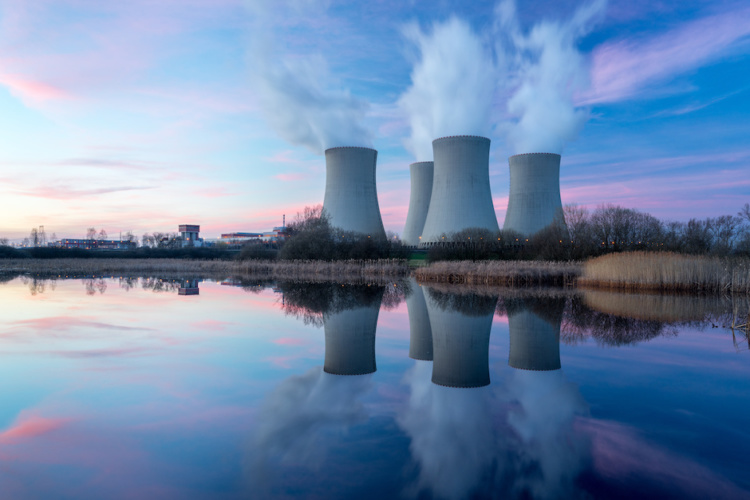Researchers in the UK and Zürich claim to have made a breakthrough in helping to inform clean-up operations on land around nuclear power plants.

Published in the journal Nature Communications, the new study outlines how the team has taken steps in differentiating between local and global sources of plutonium pollution in soil using accelerator mass spectrometry.
The researchers, from Lancaster University, ETH Zürich and Dounreay Site Restoration Ltd, believe this will be significant in providing information to those responsible for environmental assessment and clean-up of contaminated land.
By identifying the isotopic ‘fingerprint’ of trace-level quantities of plutonium in the soil which matched the isotopic fingerprint of the plutonium created by an adjacent nuclear reactor, researchers said they could distinguish levels of plutonium that were attributable to reactor pollution from general global pollution.
While plutonium formed in the 'big bang' decayed long ago, minuscule qualities can be found in the environment as a result of reactions in naturally occurring uranium in the ground and due to human activity. The latter occur local to their source of production, for example from nuclear plant effluents, accidents involving nuclear weapons, and plutonium-powered space probes.
“Plutonium is primordially extinct but that does not mean that we don’t find it in the earth,” said principal investigator Malcolm Joyce, a professor at Lancaster University. “Up until 1980 many nuclear weapons were tested in the atmosphere – this coupled with other forms of pollution has resulted in trace levels of pollution.”
In the absence of human intervention, the amount of plutonium in the earth varies very slowly with time due to the long half-lives of most plutonium isotopes and slow natural transport mechanisms.
Joyce said that the study was able to measure what was previously considered ‘unmeasurable’, differentiating between two different sources of trace amounts of plutonium and demonstrating the ability to measure an ‘extraordinarily low-level indictor of human activity’.




Poll: Should the UK’s railways be renationalised?
I think that a network inclusive of the vehicles on it would make sense. However it remains to be seen if there is any plan for it to be for the...